
Iglesia de San Nicolás
Valencia's 'Sistine Chapel,' a Baroque masterpiece adorned with over 1,800 sqm of stunning frescoes, offering a journey through art and history.
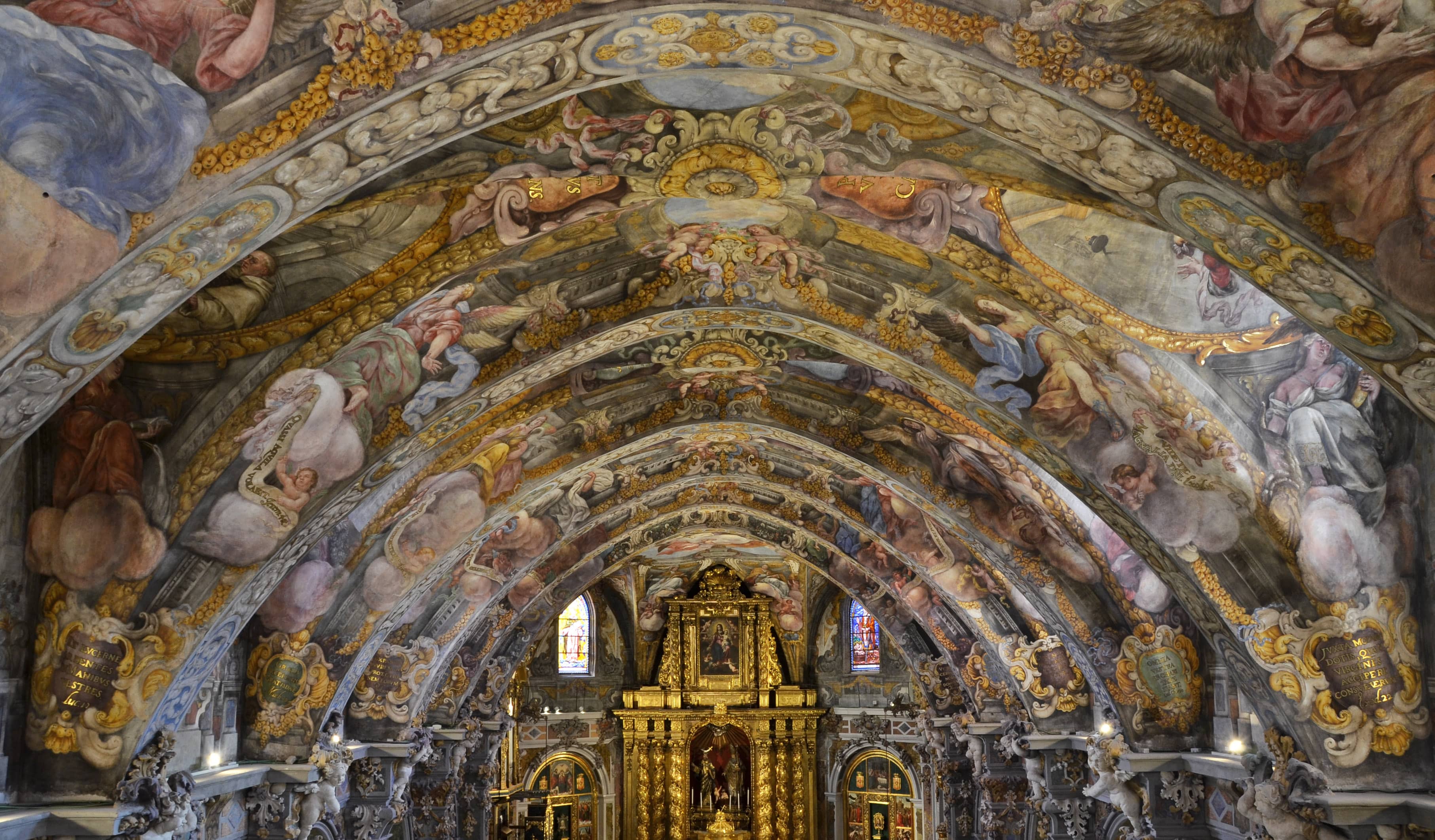
Highlights
Must-see attractions
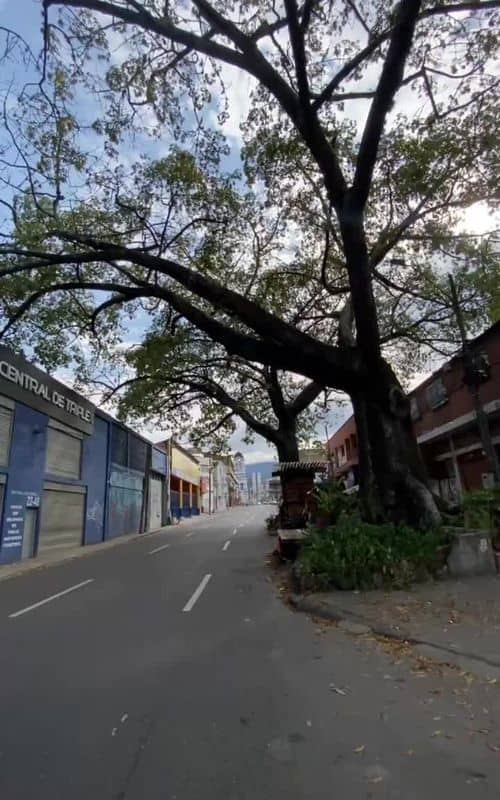
Social
From TikTok & Reddit
Best Time
Fewer crowds, more peaceful

Iglesia de San Nicolás
Best Time
Fewer crowds, more peaceful

Highlights
Must-see attractions
Valencia's 'Sistine Chapel,' a Baroque masterpiece adorned with over 1,800 sqm of stunning frescoes, offering a journey through art and history.
"The ceiling frescoes are absolutely breathtaking, making it a must-see artistic gem!"
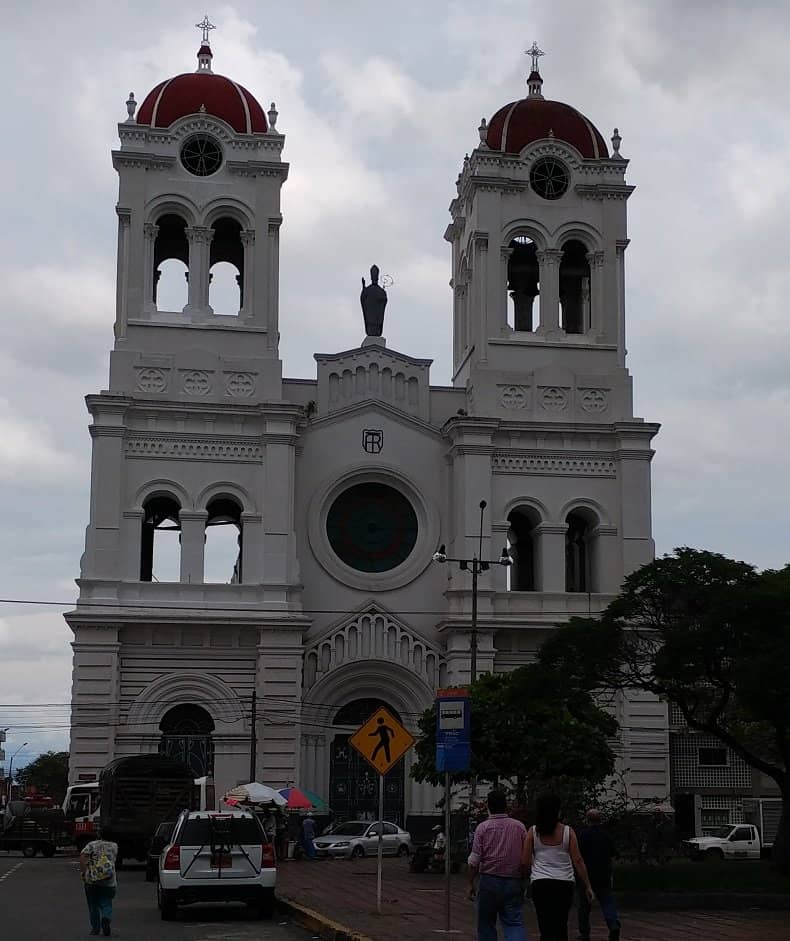
📸 Capture the Ceiling Art
Don't forget your camera! The stunning ceiling frescoes are the main draw. Look up and be amazed!
⏳ Allow ample time
To truly appreciate the art and history, dedicate at least an hour to explore the church's interior.
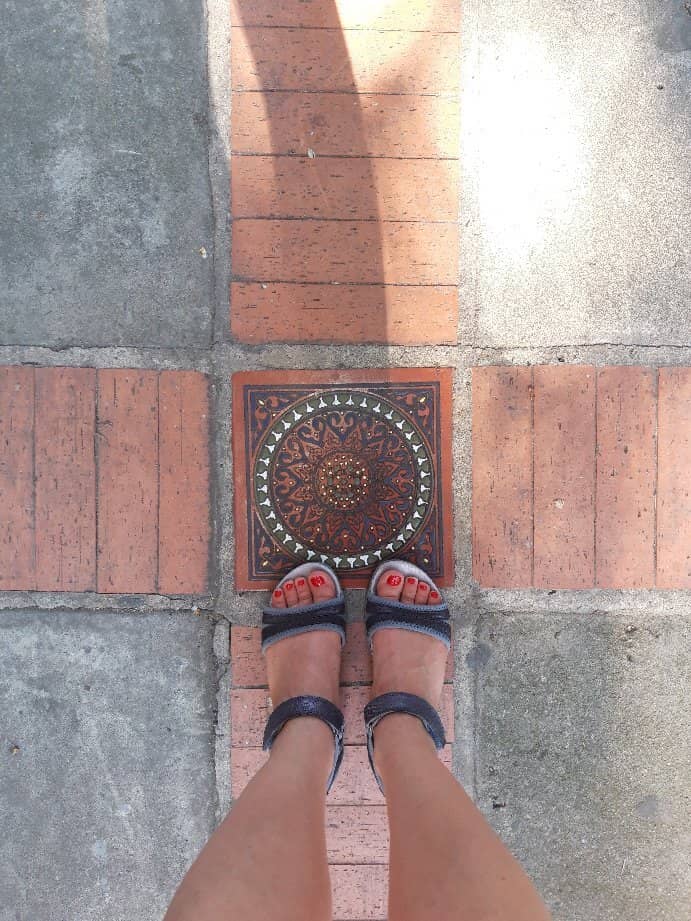
Highlights
Discover the most iconic attractions and experiences

Baroque Frescoed Ceilings
Interior
Marvel at over 1,800 sq meters of breathtaking Baroque frescoes, earning it the nickname 'Sistine Chapel of Valencia.'
Gothic and Baroque Architecture
Exterior and Interior
Admire the blend of architectural styles, showcasing centuries of history from Roman origins to Baroque splendor.
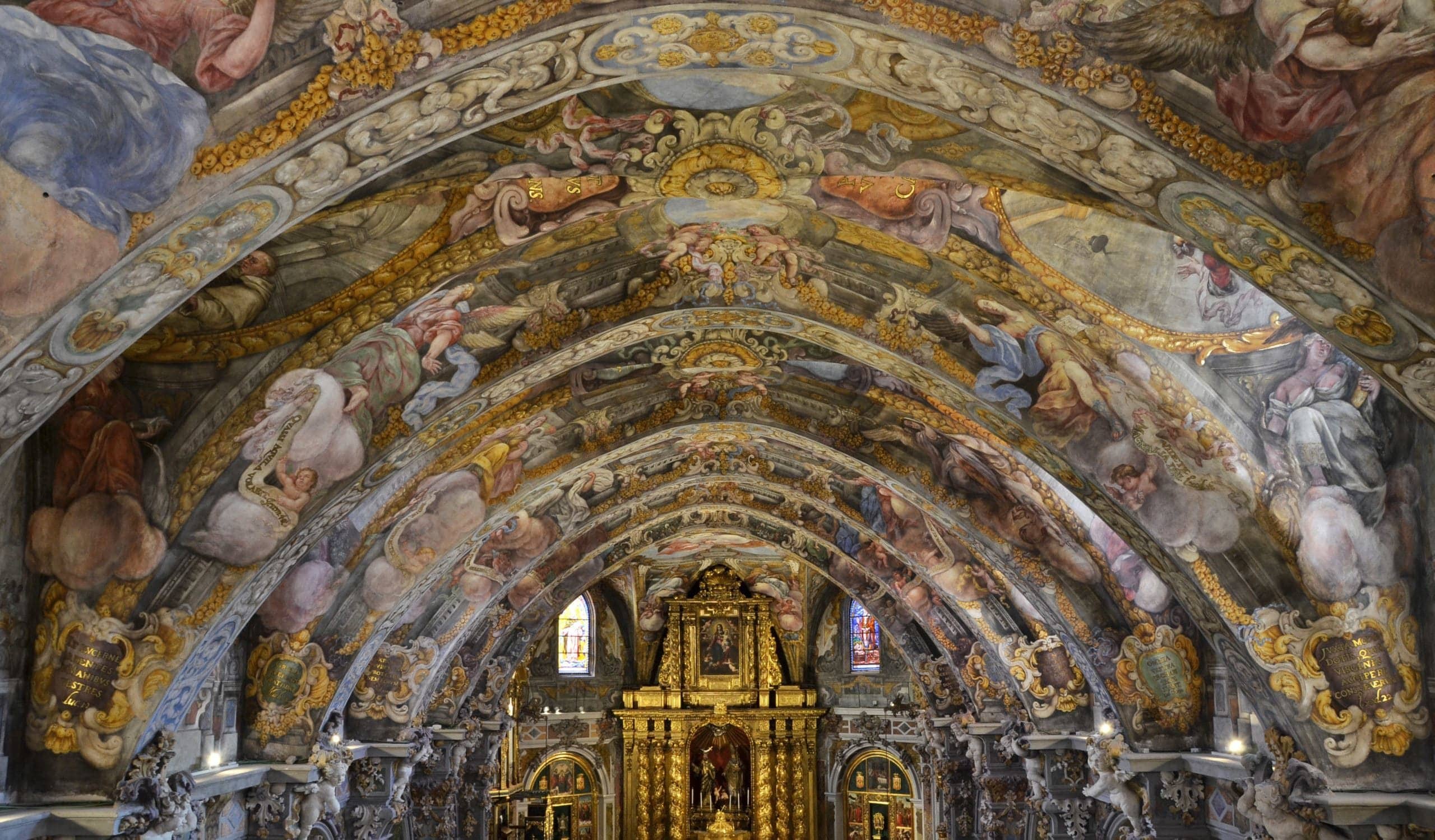
Restored Artistic Details
Interior
Experience the incredible detail of meticulously restored paintings narrating the lives of saints.
Plans like a pro.
Thinks like you
Planning Your Visit
Timing Your Visit to Avoid Crowds
Understanding Its Rich History
Best Times
Insider Tips
from TikTok, Instagram & Reddit
📸 Capture the Ceiling Art
Don't forget your camera! The stunning ceiling frescoes are the main draw. Look up and be amazed!
⏳ Allow ample time
To truly appreciate the art and history, dedicate at least an hour to explore the church's interior.
👂 Consider an audio guide
Enhance your visit with an audio guide to understand the stories behind the magnificent frescoes.
🚶 Explore the Old Town
The church is nestled in the historic center, perfect for combining with a walk through Valencia's charming streets.
Tips
from all over the internet
📸 Capture the Ceiling Art
Don't forget your camera! The stunning ceiling frescoes are the main draw. Look up and be amazed!
⏳ Allow ample time
To truly appreciate the art and history, dedicate at least an hour to explore the church's interior.
👂 Consider an audio guide
Enhance your visit with an audio guide to understand the stories behind the magnificent frescoes.
🚶 Explore the Old Town
The church is nestled in the historic center, perfect for combining with a walk through Valencia's charming streets.
What Travellers Say
Reviews Summary
Visitors consistently praise the Iglesia de San Nicolás for its breathtaking Baroque frescoes, often calling it the 'Sistine Chapel of Valencia.' The sheer scale and beauty of the ceiling art leave a lasting impression. However, some note that the exterior facade is in a state of disrepair, which contrasts with the splendor found within.
"The church is amazing and big, the priest is very polite and his mass is very powerful"
Alvaro José Jiménez
"The façade is definitely in a very poor state for one of the city's most notable architectural monuments."
Éider Gutiérrez
"My parents were married there on May 27, 1950. I never visited it. However, I have many pictures of it, and I've even drawn it. I hope they continue to keep it as beautiful as this. It's very important to me."
Gladys Blanco Herrera
What People Like
What People Dislike
Frequently Asked Questions
🚇 🗺️ Getting There
The Iglesia de San Nicolás is located in the heart of Valencia's old town. You can easily reach it by walking from major city landmarks like the Valencia Cathedral or the Central Market. Public transport options include several bus lines that stop nearby.
Parking in Valencia's old town can be challenging. It's recommended to use public transport or a taxi. If you must drive, look for paid parking garages in the vicinity.
Absolutely! Many guided walking tours of Valencia's historic center include a stop at the Iglesia de San Nicolás, offering insightful commentary on its history and art.
🎫 🎫 Tickets & Entry
Opening hours can vary, but generally, the church is open daily. It's best to check the official website or recent visitor information for the most up-to-date times before your visit.
There is typically an admission fee to enter the church, especially to fully appreciate the frescoed interiors. Prices can range around 10 euros, but it's advisable to confirm current rates.
While not always mandatory, booking tickets in advance, especially during peak tourist seasons, can save you time and guarantee entry. Check for online booking options.
As it is a place of worship, modest dress is appreciated. Shoulders and knees should ideally be covered.
📸 📸 Photography
Photography is generally permitted inside the church, but it's always good practice to be respectful and avoid flash photography, especially during services.
The most photogenic areas are undoubtedly the ceiling frescoes. Try to find angles that capture the vastness and detail of the artwork.
For commercial photography or videography, you will likely need to obtain special permission from the church administration.
🎫 🏛️ History & Architecture
The site has a long history, dating back to Roman times as a pagan temple and later a cemetery. The current structure evolved from a 17th-century hermitage, with significant Baroque transformations that created its famous frescoed interiors.
It earned this nickname due to its spectacular, expansive Baroque frescoes covering the ceilings, reminiscent of Michelangelo's work in the Sistine Chapel.
The church showcases a blend of styles, with its origins in Roman and Gothic periods, but it is most renowned for its stunning Baroque interior, particularly the painted vaults.
For Different Travelers
Tailored advice for your travel style
👨👩👧 Families with Kids
Keep in mind that it is an active place of worship, so maintaining a respectful volume is important. If your children are particularly interested in art history, an audio guide could make the visit more engaging for them. Otherwise, focus on the visual spectacle and the historical narrative in simple terms.
🎨 Art & History Enthusiasts
Delve into the church's rich history, from its Roman origins to its evolution through various architectural periods. The layered past of the site adds another dimension to the experience. Consider visiting with a guide or using an audio guide to gain deeper insights into the artistic techniques and historical context.
Deep Dives
In-depth insights and expert knowledge
The 'Sistine Chapel of Valencia': A Masterpiece of Baroque Art
The artistic transformation of the church into a Baroque masterpiece occurred primarily in the 17th century. Artists like Dionís Renart and Antonio Palomino contributed to the stunning visual narrative that envelops visitors. The sheer scale and immersive quality of the frescoes create a powerful spiritual and artistic experience, making it a must-see for art and history enthusiasts.
Beyond the visual spectacle, the frescoes offer a glimpse into the religious and cultural context of the era. The restoration efforts have been crucial in preserving this invaluable heritage, allowing visitors to appreciate the artistry and devotion that went into creating such a monumental work.
A Site Steeped in History: From Roman Temple to Republican Church
In the 17th century, the church underwent significant transformations, evolving from its earlier Gothic and Romanesque influences into the Baroque marvel we see today. It was built on the site of an old hermitage and later replaced an older church. The Republican era also saw its importance, with records indicating it was a Republican church built in 1787, replacing an older hermitage.
This layered history means that a visit to San Nicolás is not just about admiring art; it's about stepping through different epochs of Valencia's past. The church stands as a testament to the city's enduring cultural and religious heritage, reflecting the changes and continuities across centuries.




Social
from TikTok, Instagram & Reddit